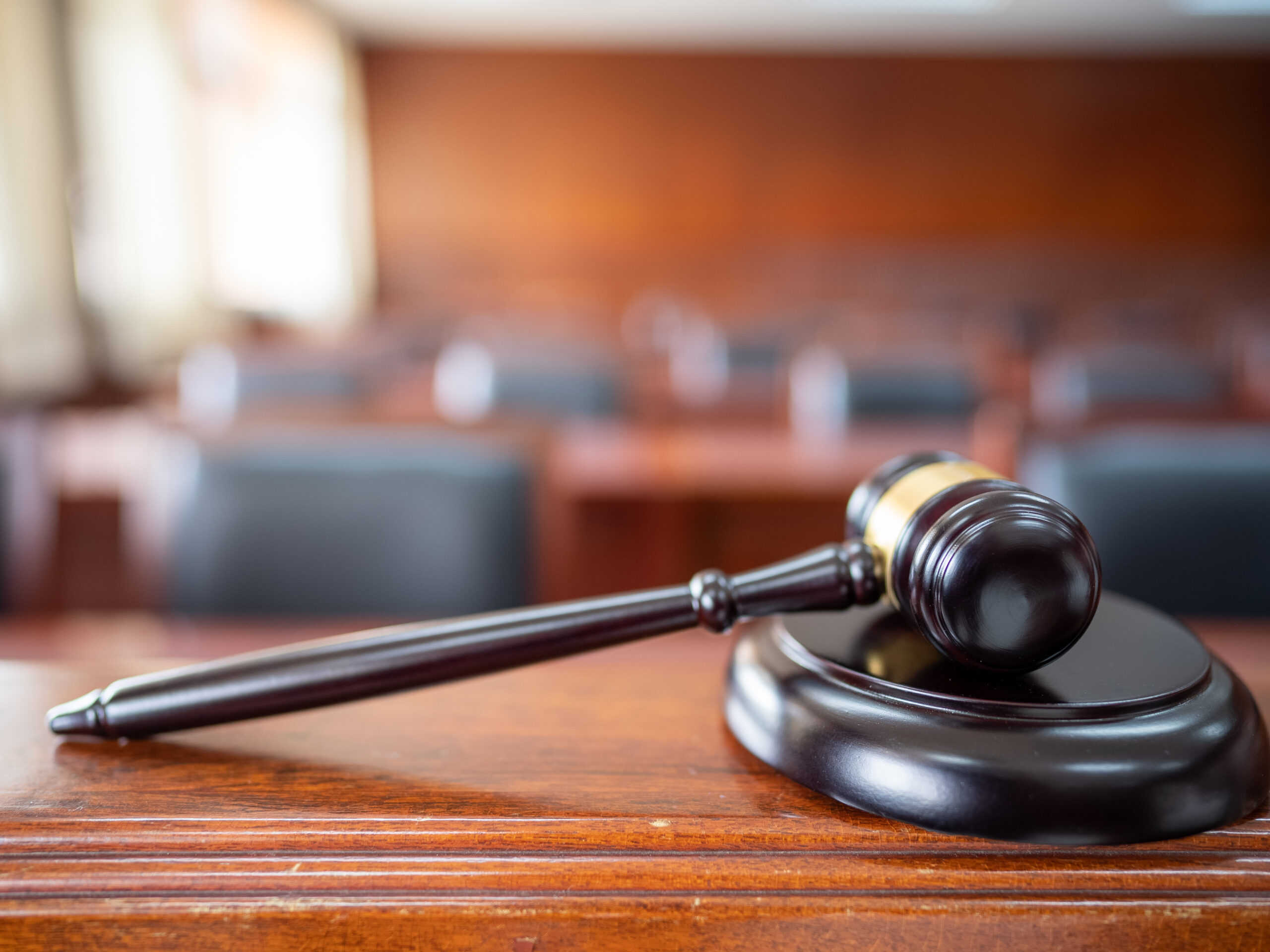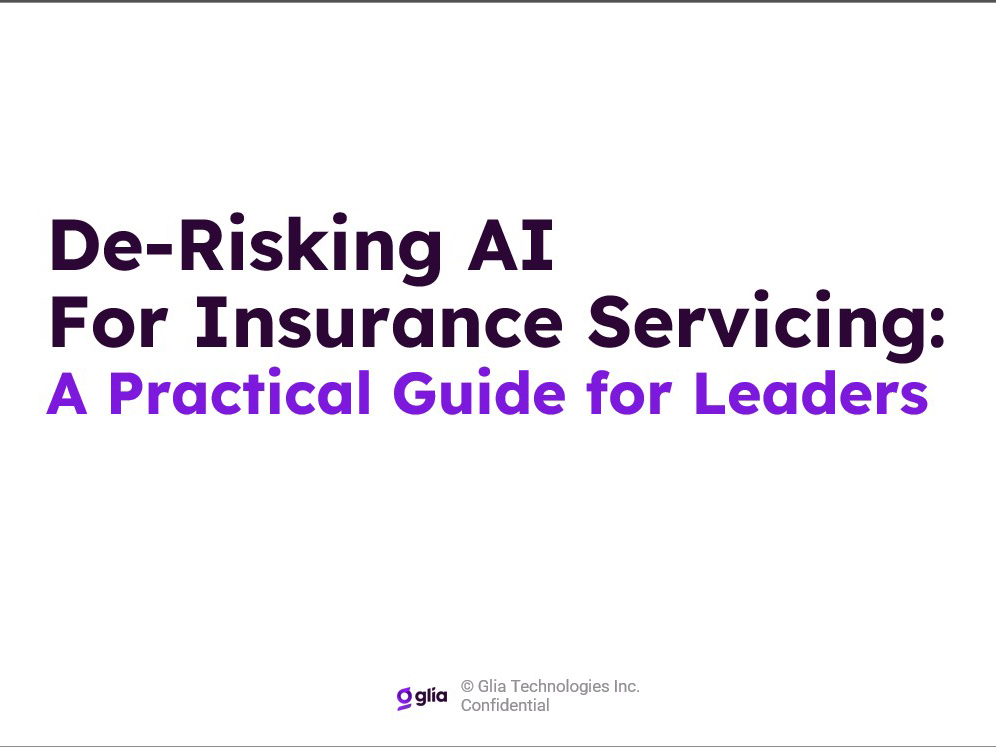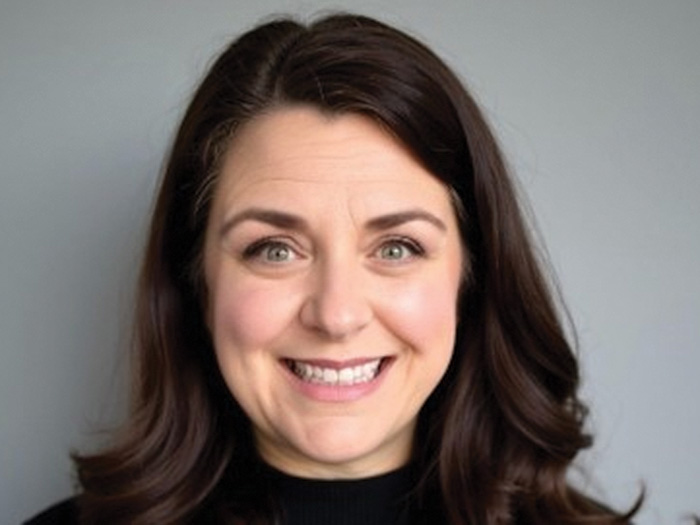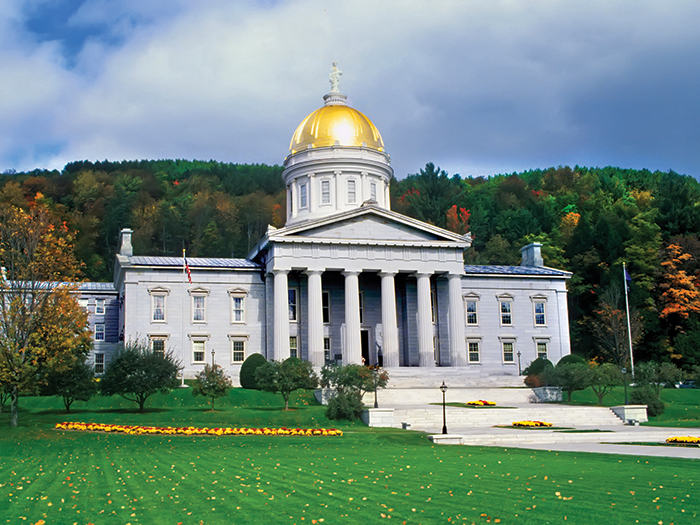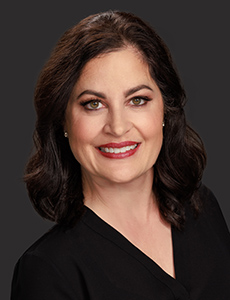How COVID-19 Presumption Laws Could Spell Rising Litigation for Workers’ Comp
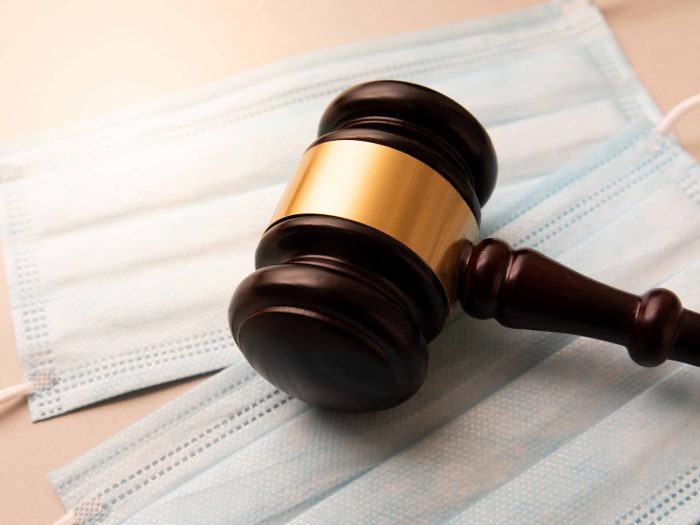
The COVID-19 pandemic shows no signs of slowing, with infection resurgences apparent in southern and midwestern states and economic losses affecting virtually every part of the global economy.
Concurrent with these big picture concerns, employers are tasked with the protection of employees from COVID-19 related risks as per the OSHA General Duty Clause and local directives.
As the crisis evolves, employers should be aware of the legal entanglements that could arise, ranging from disputed compensability to the obligation to maintain safe workplaces.
Presumptions Could Lead to a Rise in Claims
Steve Davis, One Call’s chief legal officer, anticipates a rise in workers’ comp claims around the corner.
“We’re going to see a number of workers’ compensation claims arising out of COVID,” he said. “I think that we’ll see it primarily in first responders and frontline workers in health care. That will be the first couple of waves. From there, you’ll start to see compensability challenges in the retail and the restaurant sector.”

Steve Davis, chief legal officer, One Call
Calling workers’ compensation a “natural settling place” for certain COVID-19 claims, Davis emphasized that the landscape is shifting daily as more states create presumptions of coverage for different classes of workers.
“Some of these more forward thinking states have decided to take the issue of compensability off the table and make a presumption that it is up to the employer to challenge the compensability,” he explained. “It’s a high hurdle for an employer to meet and that burden will be very difficult for states like California, especially for frontline workers.”
These presumptions are aimed at reducing friction and increasing access to treatment, but the claim costs associated with them are likely to be significant. In order to rebut, Davis said, “you’d have to comb through their social media, perform some kind of contact tracing, and find out where a person was more likely than not to have contracted the virus outside of work.
“If you have a situation where an employee asserts that they contracted COVID through their employment, but yet there were no other cases of COVID at the employer’s facilities, that’s a scenario where it’s far easier for the employer to maybe overcome that rebuttable presumption,” Davis added.
Indeed, the table below delineates data from the NCCI COVID-19 Regulatory and Legislative Activity report issued July 24th, 2020, and shows that 13 states have enacted presumptions for workers with respect to workers’ compensation coverage for COVID-19 treatment.
While the majority of these presumptions are geared toward frontline health care workers and public servants, some apply to the more mutable category of “essential workers.” Many are still being assessed by state legislatures in committee.
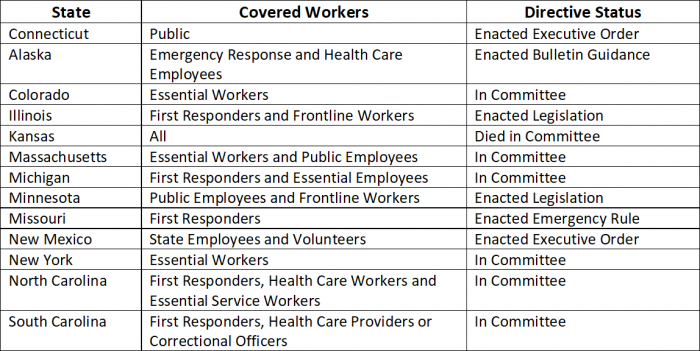
Get Ready for Litigation
As this list continues to grow, so does the list of COVID-19 legal disputes under workers’ comp. NCCI also recently issued a report, “COVID-19 Court Cases—Potential Implications for WC Insurance,” which reveals the range of liability employers face. The cases include three large employers — McDonald’s, Amazon and Walmart — whose employees claimed that the companies failed to protect them in various ways, including social distancing and mask mandates.
Marcia McShane, partner at Constangy, Brooks, Smith & Prophete, believes these types of cases are just the tip of the iceberg, as reopenings unfold across the country and community spread ebbs and flows.
“The majority of cases where employees are filing COVID-related claims have to do with workplace safety, terminations and furloughs, and then discrimination. But there have certainly been workers’ comp claims, especially in the health care industry, for obvious reasons. We expect those to continue to rise with the number of cases rising,” she said.
In particular, employers could reasonably expect an uptick in efforts to expand presumptions that currently only apply to health care workers, especially as federally boosted COVID-19 unemployment benefits decrease and employees are obligated to return to public-facing jobs.
“For the non-frontline workers, there has also been a push to create a similar presumption and there has been lots of discussion about that, and that’s because some of these folks have been declared essential workers by a governor’s executive order, or a mayor’s order, or other local authorities,” McShane explained.
“I think a decent argument can be made that some of those essential workers have a higher risk of contracting COVID, but the pushback I totally understand because once you open that can of worms for the COVID situation, it’s really difficult to backpedal moving forward.”
OSHA COVID-19 guidance underscores the business community’s reluctance, whether intentionally or not, by explaining that, “In many areas, the virus that causes COVID-19 is spreading very easily and sustainably between people … which means that people in certain areas are being infected with the virus and transmission cannot be traced to a single infected person. Infected people may not be sure how, when, or where they became infected. Exposure may occur in community, home, and workplace settings.”
According to McShane, this reveals that contact tracing to definitively prove where an employee contracted COVID-19 “is difficult, if not impossible.”
Mitigating COVID-19 Safety Risks
However, an employer’s fate is not entirely predetermined in this situation. There are a number of things employers can do to mitigate risk and protect themselves, especially from negligence claims.
Urging “constant vigilance,” Davis said the best thing for employers to start with is communication.
“You can certainly ask employees to certify to some degree whether or not they have participated in high risk activity. Now if I’m an employee, I’m not likely to divulge that information, but as an employer your job is to notify and inform,” he said.
Additionally, both Davis and McShane stated that employers have the right to keep employees from returning to work after travel or COVID exposure in order to maintain a safe work environment.
“Employers can and should educate their employees about where these hot spots are,” McShane said. “They’re changing, and having a bulletin go out or meetings to make sure everybody stays informed is a good thing to do. To require employees to tell them about past travel or future plans to travel is perfectly acceptable as long as it is applied across the board.”
If a claim is filed despite safety precautions, it’s important for employers to understand that indemnity is likely to be a larger part of the value of a claim.
“I think you’ll see more indemnity claims at the beginning of a claim with COVID. It’s a question of when compensability arises — does it begin when the employee knows that they contracted the virus or when he or she notifies the employer, and when does the indemnity begin upon that notice? There are some nuances here that you don’t get in a typical claim,” Davis said.
As employers become more accustomed to navigating these nuances, McShane emphasized that they still exist in the context of any other claim. Her advice? “Whether there’s a presumption in a particular state with regard to COVID workers’ comp claims or not, I want to encourage employers and adjusters not to forget their good old fashioned investigative techniques, things like medical causation and the timeline of events.” &





